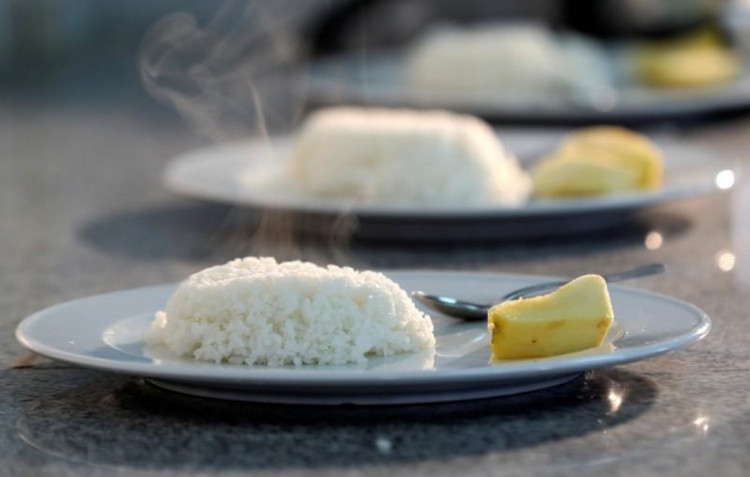The world faces its most significant rice supply gap in 20 years, with major importers and countries experiencing high food inflation likely to be severely affected.
A report published this week by Fitch Solutions states: In 2023, the global rice market will experience its most severe shortage in 20 years, with a deficit of 8.7 million tons, the largest since 2003 when the global rice market faced a 18.6 million ton shortage.
Fitch notes that current global rice prices are at their highest level in nearly a decade, with a slight decline expected in 2024.
So far this year, the global average rice price has risen to $17.34 per hundredweight (cwt), potentially dropping to $14.50 per cwt by 2024.
Severe rice market deficit
Floods in Pakistan, ongoing Russo-Ukrainian conflict, and decreased production in the United States and European Union contribute to a significant rice supply deficit.
Pakistan, the world's fourth-largest rice exporter (accounting for 7.6% of global rice trade), experienced a 31% year-on-year plunge in annual rice production due to severe flooding last year. The U.S. Department of Agriculture (USDA) states that the impact is more severe than initially expected.
In addition to Pakistan's supply challenges, the surge in prices of other major grains since the outbreak of the Russo-Ukrainian conflict has made rice the most attractive alternative, driving up demand.
Furthermore, Senior Analyst for Food and Agribusiness Research at Rabobank, Oscar Tjakra, points out that year-on-year declines in rice production in other countries, such as the United States and European Union, also contribute to the deficit.
Moreover, the global rice export market, usually more strained than that of other major grains, has been affected by India's rice export ban. Last September, India announced restrictions on rice exports, which temporarily pushed up rice prices.
Whose "rice bowl" will be affected?
As rice supply struggles to meet demand, who will be affected?
One category is rice-importing countries, as Tjakra notes: The global rice production shortfall this year will increase the vulnerability of major rice importers, such as Indonesia, the Philippines, Malaysia, and African nations.
Another category is countries already experiencing high food inflation, according to Senior Research Analyst at Gro Intelligence, Kelly Goughary: The countries most affected by the deficit will be those already suffering from high food price inflation, such as Pakistan, Turkey, Syria, and some African nations.
However, the shortage may not last long. Fitch predicts that the global rice market will return to an "almost balanced state" in 2024, possibly leading to a year-on-year decline in rice futures to below 2022 price levels, but still more than a third higher than pre-pandemic average prices.






